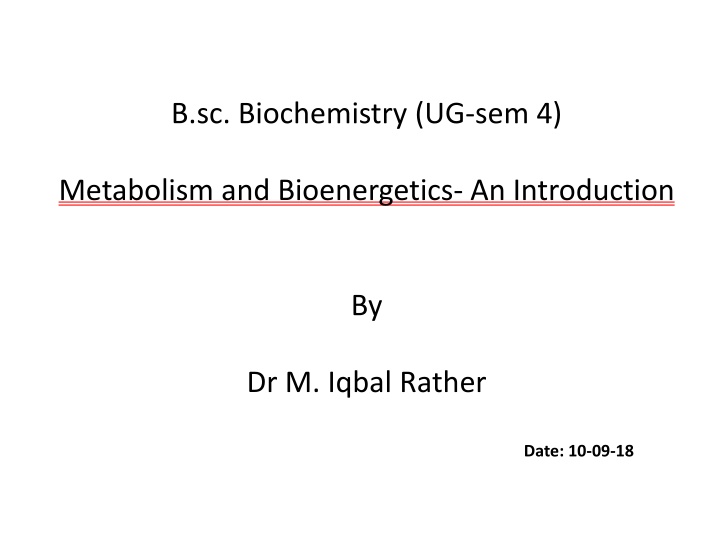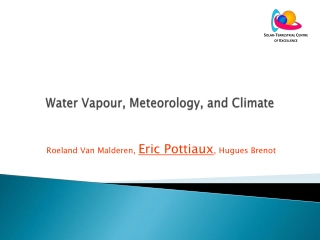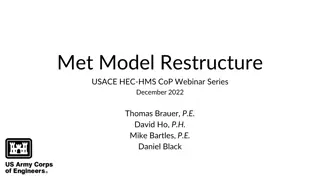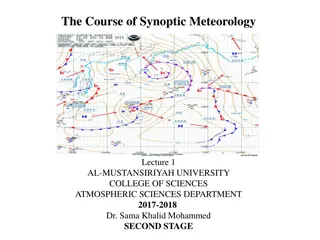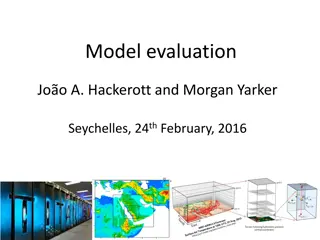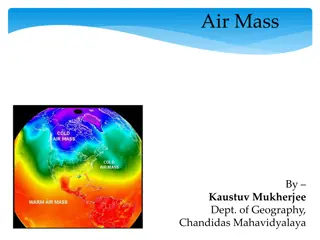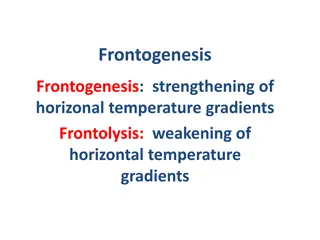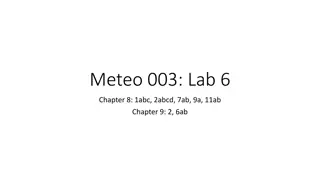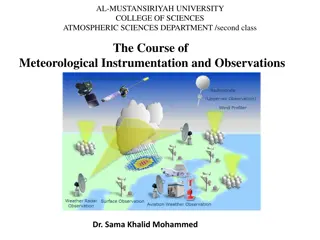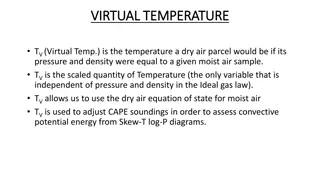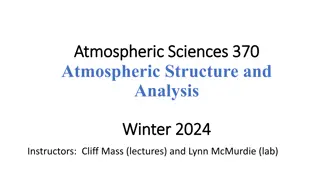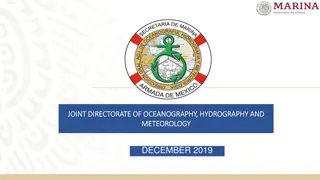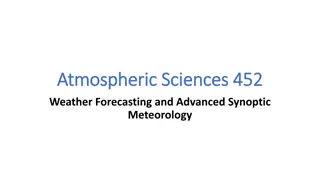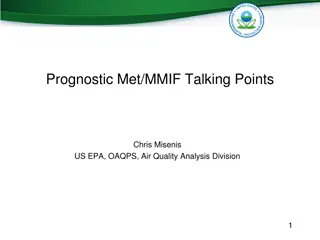Delving into Meteorology at Salahaddin University
Discover the fascinating world of meteorology through this insightful course at Salahaddin University. Uncover the basics of Earth's weather, common weather phenomena, factors influencing weather, and more. Gain a deep understanding of meteorological phenomena and the role of meteorologists in weather forecasting. Explore the significance of weather patterns and their impact on daily life and the environment.
Download Presentation

Please find below an Image/Link to download the presentation.
The content on the website is provided AS IS for your information and personal use only. It may not be sold, licensed, or shared on other websites without obtaining consent from the author.If you encounter any issues during the download, it is possible that the publisher has removed the file from their server.
You are allowed to download the files provided on this website for personal or commercial use, subject to the condition that they are used lawfully. All files are the property of their respective owners.
The content on the website is provided AS IS for your information and personal use only. It may not be sold, licensed, or shared on other websites without obtaining consent from the author.
E N D
Presentation Transcript
B.sc. Biochemistry (UG-sem 4) Metabolism and Bioenergetics- An Introduction By Dr M. Iqbal Rather Date: 10-09-18
Basic Concepts: Metabolism: The sum of all the chemical transformations taking place in a cell or organism, occuring through a series of enzyme-catalyzed reactions Metabolite: The precursor is converted into a product via a series of metabolic intermediates called metabolites Intermediary Metabolism: The term intermediary metabolism is usually applied to the combined activities of all the metabolic pathways that interconvert precursors, metabolites and products of low molecular weight (often, M Wt= 1,000)
Continue Catabolism: Catabolism is the degradative phase of metabolism in which organic nutrient molecules ( such as carbohydrates, fats, and proteins) are converted into smaller, simpler end products (such as lactic acid, H2O, CO2, NH3 etc, etc ) Catabolic pathways release energy, some of which is conserved in the formation of ATP (energy currency of cell) and reduced electron carriers (NADH, NADPH, and FADH2); the rest is lost as heat Anabolism: In anabolism small, simple precursors are polymerized into larger and more complex molecules, including lipids, polysaccharides, proteins, and nucleic acids: often through a condensation reaction Anabolic reactions are endergonic (require an input of energy), provided by phosphoryl group transfer potential of ATP and the reducing power of NADH, NADPH, and FADH2
Bioenergetics A branch of biochemistry dedicated to the study of energy flow within living systems . Why to Study Bioenergetics? Understanding the metabolism provides better understanding as how skeletal muscles generate energy; and how and why the body should respond to exercise the way it does. The study of metabolism is based on studying Bioenergetics. The Laws of Bioenergetics provide the rules based on which metabolism works.
Thermodynamics Study of energy transformations First Law of Thermodynamics:Energy cannot be created or destroyed but only converted from one form to other form(s), that means the energy in universe is conserved. Second Law of Thermodynamics: Universe has always tendency to increase disorder i.e. in all natural processes the entropy of the universe increases
Implications of 2nd law of bioenergetics 1. All reactions proceed in the direction of: i) inceasing entropy and ii) a release of free energy (- G) 2. The more negative the G, more the release of free energy during a chemical reaction 3. Chemical reactions having a negative G ( - G) are termed exergonic/exothermic reactions. 4. By endergonic/endothermic reactions convention, reactions that require free energy input to proceed are termed 5. The free energy not used to do work is released as heat. 6. Reactions having no net change in substrate or product are termed equilibrium reactions, and have no change in free energy ( G=0). 7. All reactions have potential to be reversible. 8. The direction and free energy release of a chemical reaction can be altered by changing the substrate and product concentrations. Increasing the products may reverse the direction of the reaction Increasing substrates can make the G more negative. Of note, if the reaction is reversed, the products are now the substrates and vice-versa
